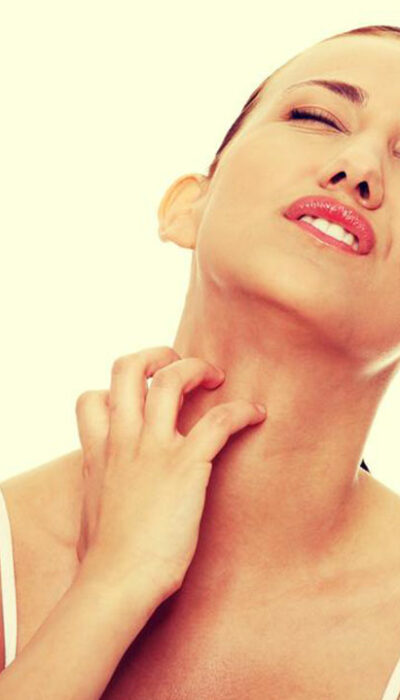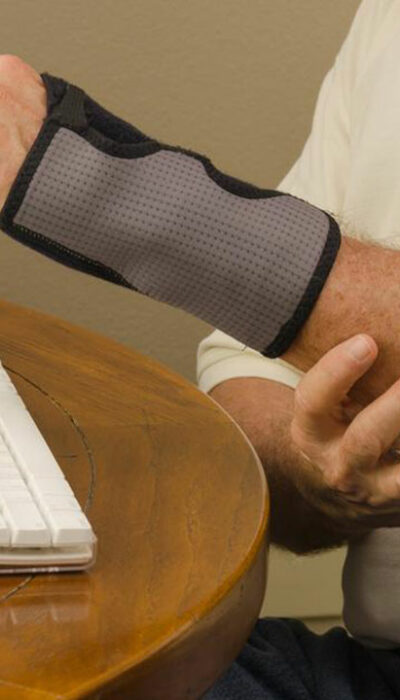
All You Need to Know about Low FODMAP Diet Plans
Do you have digestive problems? Or do you know someone who is suffering from digestive problems? This is one of the most common problems faced by people in the country. If you or someone close to you is having digestive problems or unexplained abdominal pain, then a low FODMAP diet is the best solution. This is going to help in reducing the discomfort that you have in your stomach every day. Find below information on low FODMAP diet plans. What is a low FODMAP diet? A FODMAP eliminated diet or low FODMAP diet is a diet where the food compounds that belong to FODMAP will be extremely low or not consumed. FODMAP stands for the following. Fermentable – A food compound that can be easily broken in the large intestine with bacteria. Oligosaccharides – This means less sugar. Disaccharides – A kind of sugar that is formed with the help of two different sugars. Monosaccharides – Simple or single sugar molecules. And Polyols – Means sugar alcohols. So, in simple words, diet plans, low on FODMAP mean the kind of diet which places restriction over certain carbohydrates. These carbohydrates are the ones that do not get absorbed into the small intestine and hence can cause gas and other issues in the stomach. What happens when a high FODMAP diet is taken? When you are eating a high FODMAP diet, carbs present in the food do not get absorbed by the small intestine. These travel to the colon for fermentation by bacteria. This will, in turn, give rise to a number of problems like nausea, bloating, bowel changes, gas, headache, abdominal pain, indigestion, constipation, fatigue, diarrhea, acid reflux, and muscle pain as well. How do the low-FODMAP diet plans work? Basically, there are two phases in these diet plans. Phase 1 In the first phase, which lasts for a duration of three to six weeks, you need to eliminate all the food that has high FODMAP.










